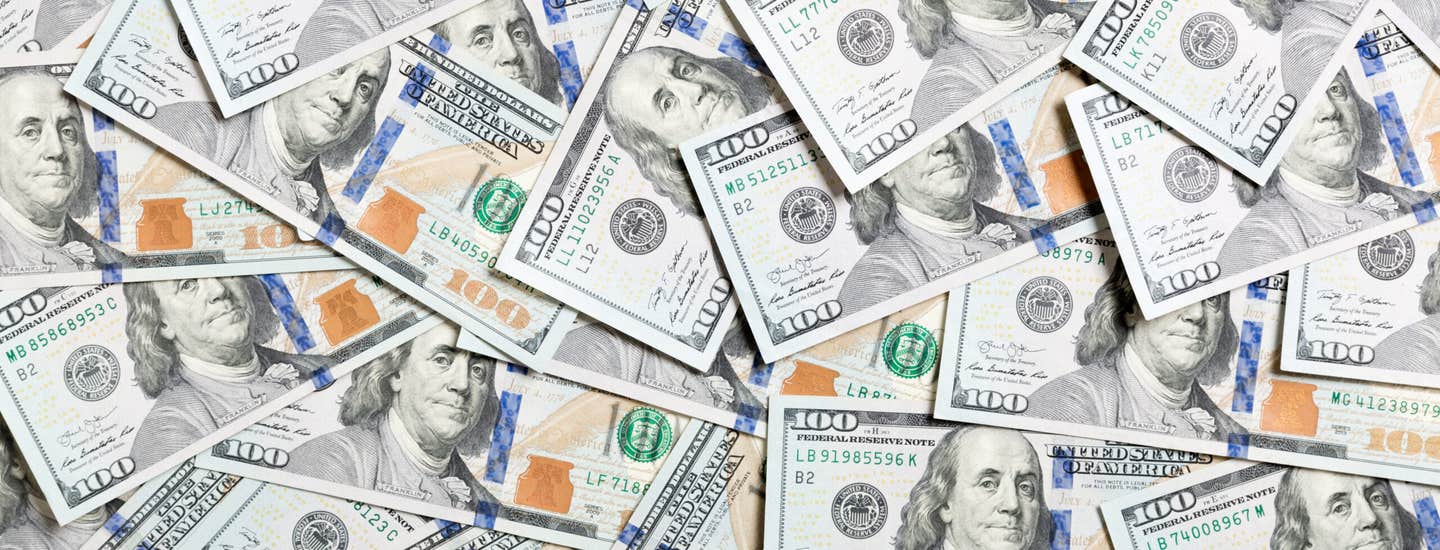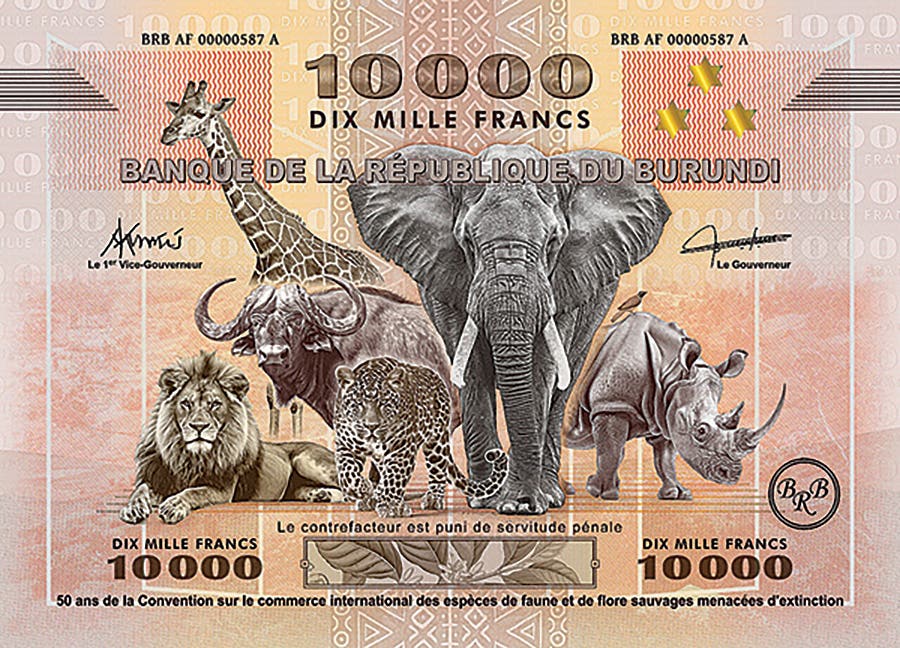U.S. Currency Issue With No Previous Known Survivors
At the recent Central States Numismatic Society convention near Chicago, Liberty Coin Service acquired a U.S. Series 1918 $5 Federal Reserve Bank Note issued for the Federal Reserve Bank of…
At the recent Central States Numismatic Society convention near Chicago, Liberty Coin Service acquired a U.S. Series 1918 $5 Federal Reserve Bank Note issued for the Federal Reserve Bank of Philadelphia as a replacement (or star) note. To date, this is this first discovered surviving specimen of this previously unknown U.S. paper money issue.
Said Tom Coulson, Liberty Coin Service owner and general manager, “This note was brought to the show by an East Coast dealer to whom it had been consigned by the long-time owner. That dealer’s business is almost exclusively trading U.S. coins on a wholesale basis, with whom Liberty Coin Service has transacted business for decades. They were not the optimum dealer to market this rarity. However, Liberty Coin Service has a long history of handling new discovery notes—including the 1865 $2.00 National Bank Note issued for the Second National Bank of Lansing, Mich. When we saw this note in their showcase—and having retail customers who love collecting scarce U.S. currency—we worked out a deal to acquire it. The note has a brand-new catalog number: Friedberg #784*. It has been authenticated and graded by Paper Money Guaranty in Fine-12 condition with stained surfaces. The note’s design features a bust of President Lincoln to the left of the front, The reverse features engravings of Columbus Discovery of Land at the left side and Landing of the Pilgrims on the right side.”
Tom continued, “As a category, U.S. Series 1918 $5.00 Federal Reserve Bank Note replacement notes (called star notes because of the star at the end of their serial number) are all great rarities. With this discovery note, there are known survivors for only five of the 12 Federal Reserve Bank districts. Including this specimen, Paper Money Guaranty has authenticated and graded only 10 pieces among all five Federal Reserve Bank districts combined. Whoever ends up owning this note will have a treasure that no other collector will have.”
U.S. Paper Money issues pre-1928 were 20 percent larger than those printed today, with notes measuring 7-1/2 inches long by 3-1/4 inches high.








